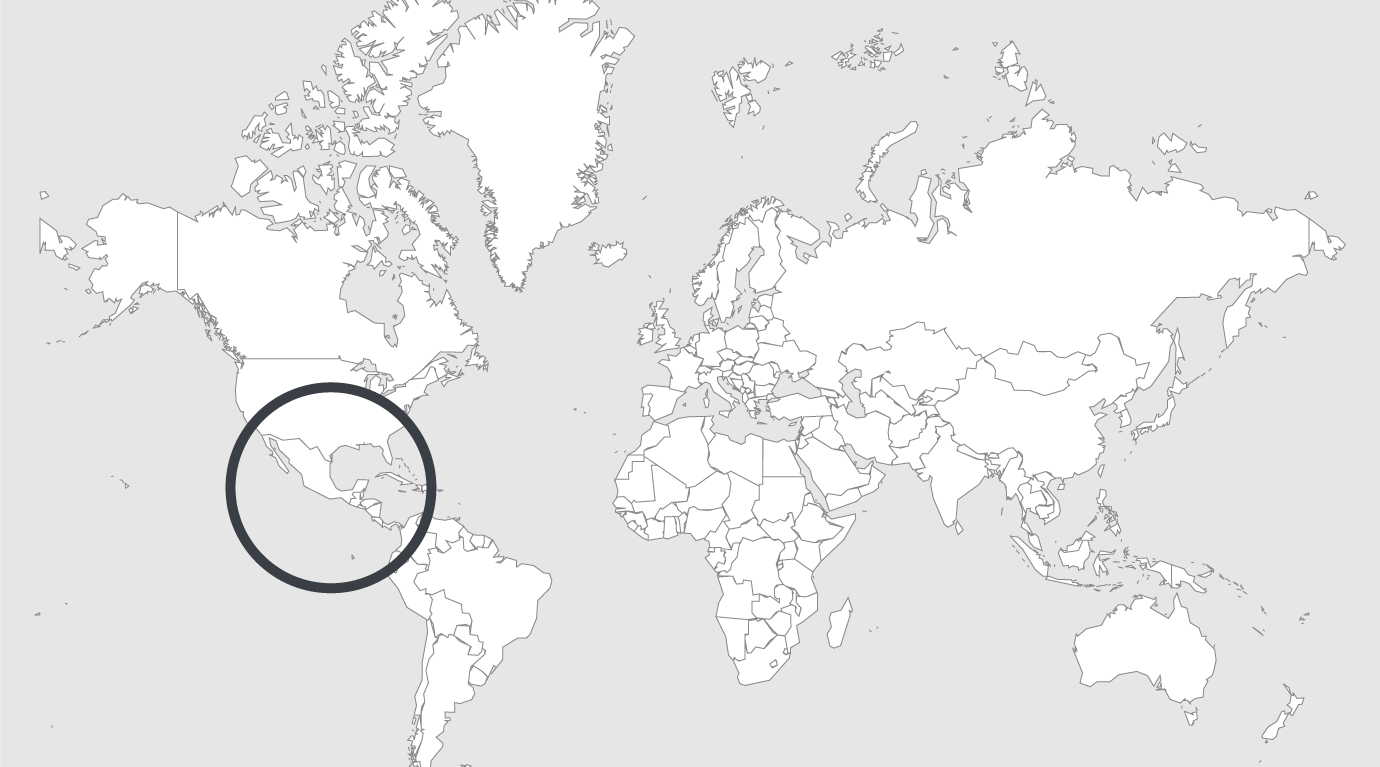
Explore
Punta Coco: the Panamanian Alcatraz penitentiary
On an islet of the Pacific there is a maximum security prison that has become the focus of an intense controversy in the country due to the alleged violation of human rights of their prisoners. Even the IACHR has played a leading role with the issuance of a precautionary measure in favor of six prisoners.
This September 27 Panama submitted to the UN Committee Against Torture (CAT) the final document of the 4th Regular Report on the Convention Against Torture and other Cruel, Inhuman or Degrading Treatment or Punishment. The Foreign Ministry summoned the Permanent National Commission for ensuring compliance and monitoring of the commitments made by the country in the national and international level in the field of Human Rights.
According to the Panamanian authorities, the document incorporates advances of the State such as the implementation of the Adversary System (AS), the creation of the Penitentiary Career, strengthening the National Policy Against Trafficking and Related Activities, as well as a bill that is created by the National Mechanism for the Prevention of Torture and other cruel, inhuman or degrading treatment or punishment, which will allow the periodic examination of the conditions under which persons deprived of their liberty are kept.
The controversial Punta Coco prison
While it is true that through this report the current national government shows its interest to be on par with international agreements in this area, moreover situations prevail in the prison system that nowadays are subject to strong criticism. An example of this is the case of Punta Coco Prison, located on a small island of the Pacific, about 107 kilometers far from Panama City.
This place started as a naval base built by the government of the United States in 2014, at a cost of US $ 73.5 million to detect the entry of drugs into the territory of the isthmus. Its precise location is at the southern tip of Isla del Rey, a perfect position to guard the entrance to the Gulf of Panama, along with points of Bahía Piña, province of Darién, and Punta Mala on the Azuero Peninsula.
Soon after its construction, the National Executive decided to turn the place into an island prison, investing supposedly about US $ 150 billion, an amount that was never confirmed by the authorities. In March 2015 the project management of Panama National Air Service (SENAN), responsible for the adequacy of Punta Coco, reported that the project was advanced by 50%. At that time, President Juan Carlos Varela said resources for the work came from his discretionary item and the government budget. But a month later - without explanation - the authorities confirmed that the project, a key part of Varela’s administration strategies to dominate urban gangs and organized crime, had been canceled. “Now it will be used to retain people involved in criminal acts in these areas (Las Perlas Archipelago populations) until they are sent to the city,” said Milton Henríquez, Minister of Government.
When Henríquez issued his statement, it was known that in Punta Coco six leaders of some of the 200 dangerous gangs dedicated to drug marketing and contract killings in the country were isolated, including a man identified as José Ruiz Camargo. His advocate, attorney Shirley Castañeda, welcomed the government’s decision to cancel the project and said: “I do not want to think it was because of pressure, because we should not be in the position of having to press for the respect of human rights, but if people had not been opposed, prison would be a reality“.
Read full article.
